This site runs ads and generates income from affiliate links. Read my disclosure policy.
Find out how many tablespoons are in a 1/8 cup, acquire insights into convenient measurement conversions, and useful tips.
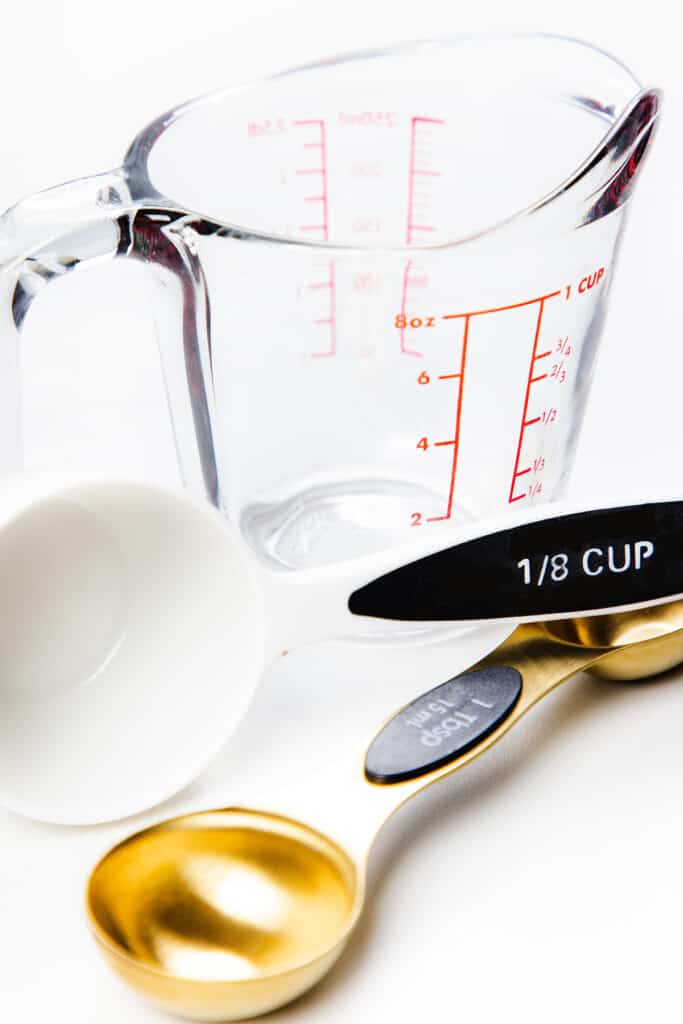
How Many Tablespoons in ? Cup?
Whether you’re a seasoned kitchen maestro or just starting to explore the culinary world, getting your measurements right is key to creating successful dishes. In this guide, we’ll demystify the conversion of 1/8 cup to tablespoons, helping you easily navigate the realm of cooking measurements.
The US Conversion Formula
If a recipe asks for 1/8 cup and you’re armed only with a set of measuring spoons, there’s no need to panic! Let’s break it down using a simple calculation:
Given that 1 cup equals 16 tablespoons, to find the number of tablespoons in ? cup, we just need to multiply 1/8 (or 0.125) by 16. That gives us 2. Therefore, there are exactly 2 US tablespoons in 1/8 cup.
Tablespoons Around the Globe
While “tablespoon” might seem straightforward, it can vary in volume from one country to another. This can make a significant difference when following international recipes.
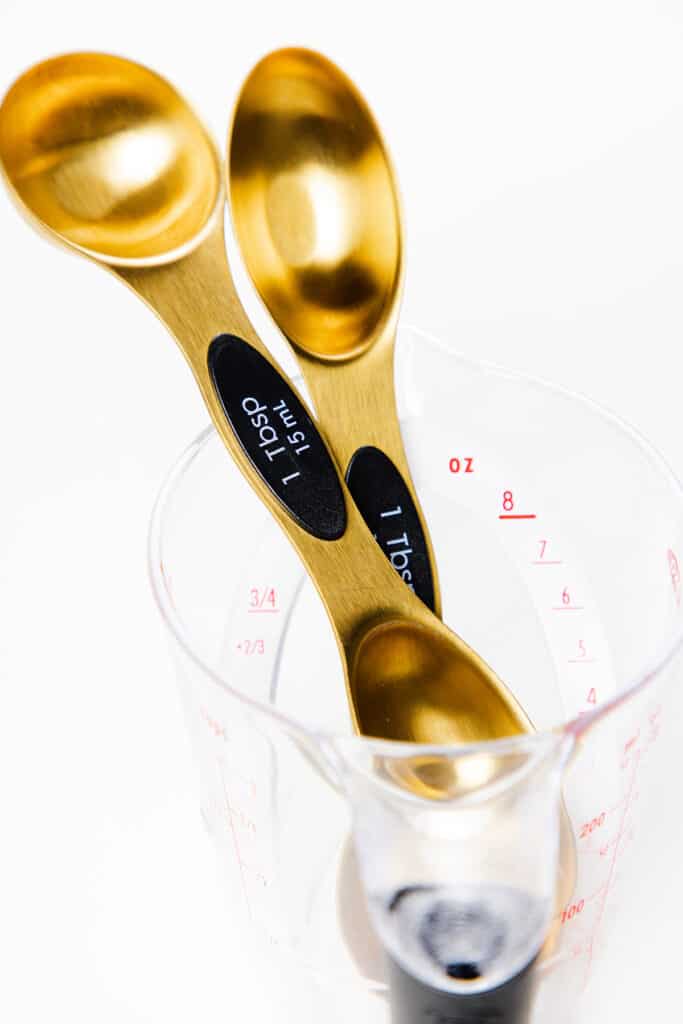
To help illustrate these variations, we’ve put together a table showing how 1/8 US cup (which is roughly 29.57 milliliters) translates into tablespoons in different countries. Bear in mind that these are approximate values; the actual size of a tablespoon can vary slightly even within the same country.
Equivalent Value of 1/8 US Cup in Tablespoons across Different Countries
| Country | Approximate Equivalent to 1/8 US Cup in Tablespoons |
|---|---|
| United States, Canada | 2 tablespoons |
| United Kingdom, Australia | Around 1.5 tablespoons |
| New Zealand | About 1.5 tablespoons |
| Germany (European Union) | 2 tablespoons |
| France (European Union) | Close to 2.4 tablespoons |
| Japan | 2 tablespoons |
| South Africa | 2 tablespoons |
| Sweden | 2 tablespoons |
| Russia | Just over 2 tablespoons |
| Netherlands | 2 tablespoons |
It’s essential to remember that while many countries closely follow the standard of 15 milliliters per tablespoon, some countries might define a tablespoon as a larger or smaller volume. Always verify these measurements when working with recipes from different parts of the world.
Metric vs. Imperial Measurements
The culinary journey can take you across borders, requiring you to understand various measurement systems. Two dominant systems are the Imperial system, mainly used in the United States, and the Metric system, used by most other countries.
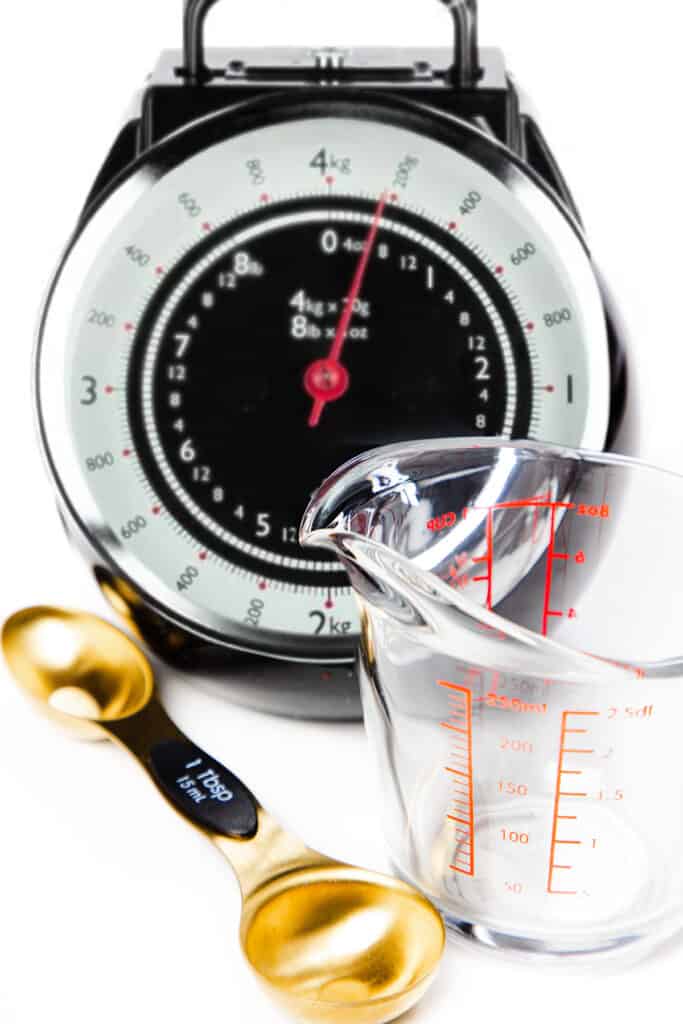
1/8 US Cup in Imperial and Metric Units
Here’s a conversion table that shows the equivalent of 1/8 US cup in some commonly used Metric and Imperial units:
| Measurement | Roughly Equal to ? US Cup |
|---|---|
| Milliliters (Metric) | About 78.86 mL |
| Liters (Metric) | Close to 0.07886 L |
| Fluid ounces (Imperial) | Around 2.67 fl oz |
| Pints (Imperial) | Somewhere near 0.1667 pt |
| Quarts (Imperial) | Just about 0.0833 qt |
| Gallons (Imperial) | Nearly 0.0208 gal |
| Teaspoons (Imperial) | Around 16 tsp |
| Tablespoons (Imperial) | Roughly 5.33 tbsp |
Please note that these are approximations. Nothing beats a kitchen scale or other accurate measuring tools when your recipe demands precision.
Liquid Conversions
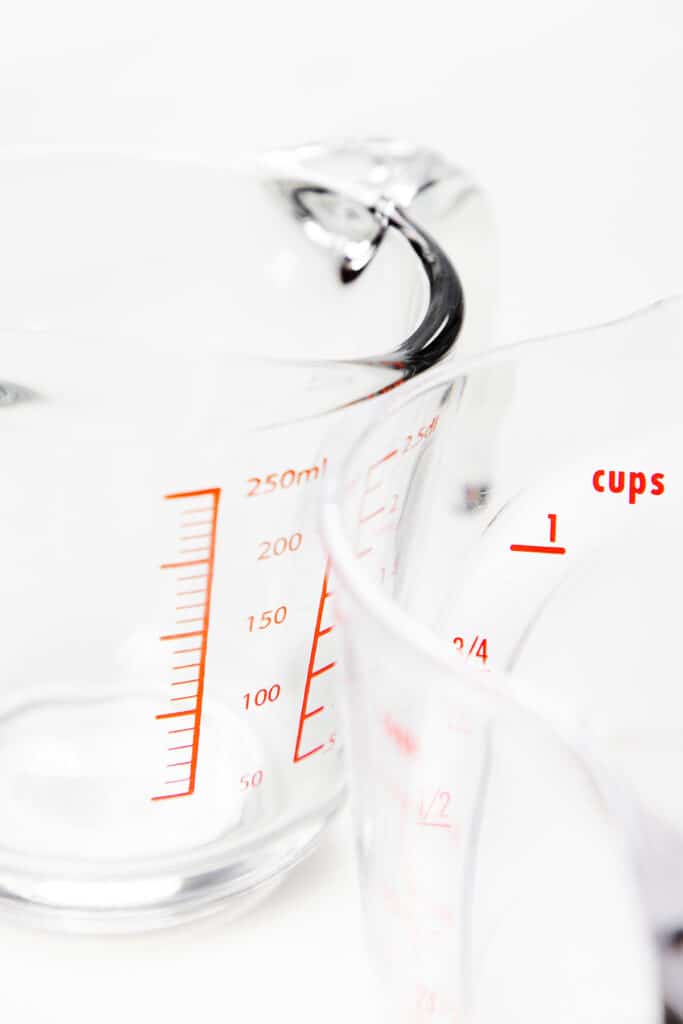
Liquid measurements can differ from one country to another. Here are some common equivalents used worldwide for a US 1/8 cup.
| Measurement | Roughly Equal to 1/8 US Cup |
|---|---|
| Milliliters (Metric) | Close to 29.57 mL |
| Liters (Metric) | Nearly 0.02957 L |
| Fluid ounces (Imperial) | About 1 fl oz |
| Pints (Imperial) | Just over 0.0625 pt |
| Quarts (Imperial) | Approximately 0.03125 qt |
| Gallons (Imperial) | Roughly 0.0078125 gal |
| Teaspoons (Imperial) | Around 6 tsp |
| Tablespoons (Imperial) | 2 tbsp |
Remember, these conversions are based on US standards. Using exact measuring tools is key when precision is needed, especially when using recipes from regions with different measurement norms.
See our conversions guides for more handy measurement conversions.
Measuring Tips
- Sifting Dry Stuff: Sifting dry ingredients like flour, sugar, or cocoa powder before measuring them helps eliminate lumps and ensures a more consistent texture. It helps the ingredients blend better, resulting in tastier dishes.
- Cup Confusion: Not all measuring cups are alike. Use a liquid measuring cup equipped with a spout for liquids to ensure spill-free, accurate measurements. For dry ingredients, opt for the nested dry measuring cups that you can fill up and level off with a straight edge.
- Weigh it Out: When precision is key, for instance, in baking, a kitchen scale can be a lifesaver. Measuring ingredients by weight guarantees the most accurate measurements, promising consistency in your recipes.
- Know Your Densities: Different ingredients have different densities, which can impact their volume measurements. Understanding this can help you adjust your measurements as needed and achieve consistent results.
- Conversion Tools: Keep a conversion chart or smartphone app handy in your kitchen. It can help you convert between different units of measurement quickly and accurately, making following recipes from different sources a breeze.
- Zeroing Out: When using a digital kitchen scale, always “zero out” the scale before adding each ingredient. This means setting the scale back to zero after placing an empty container on it. This way, you only measure the weight of the ingredient, not the container.
- Dry vs. Liquid Measures: Understand the difference between liquid and dry measuring cups. Liquid cups have a spout for pouring, while dry cups allow you to level off the ingredient for accuracy.
- Document Your Experiments: As you try out new recipes or make substitutions, keep track of what works in a kitchen journal. This can help you create a collection of personalized recipes and techniques that you can rely on time and again.

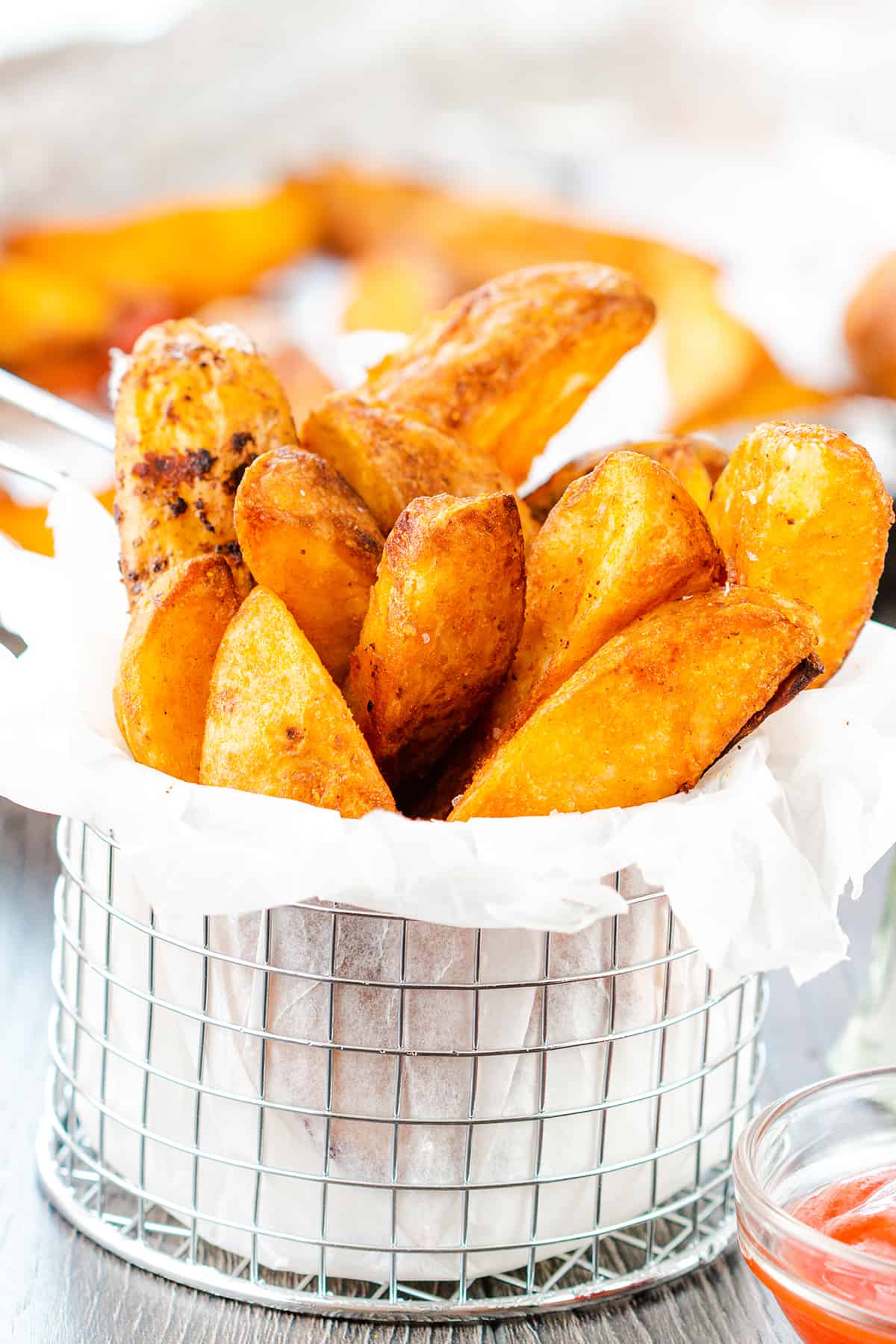
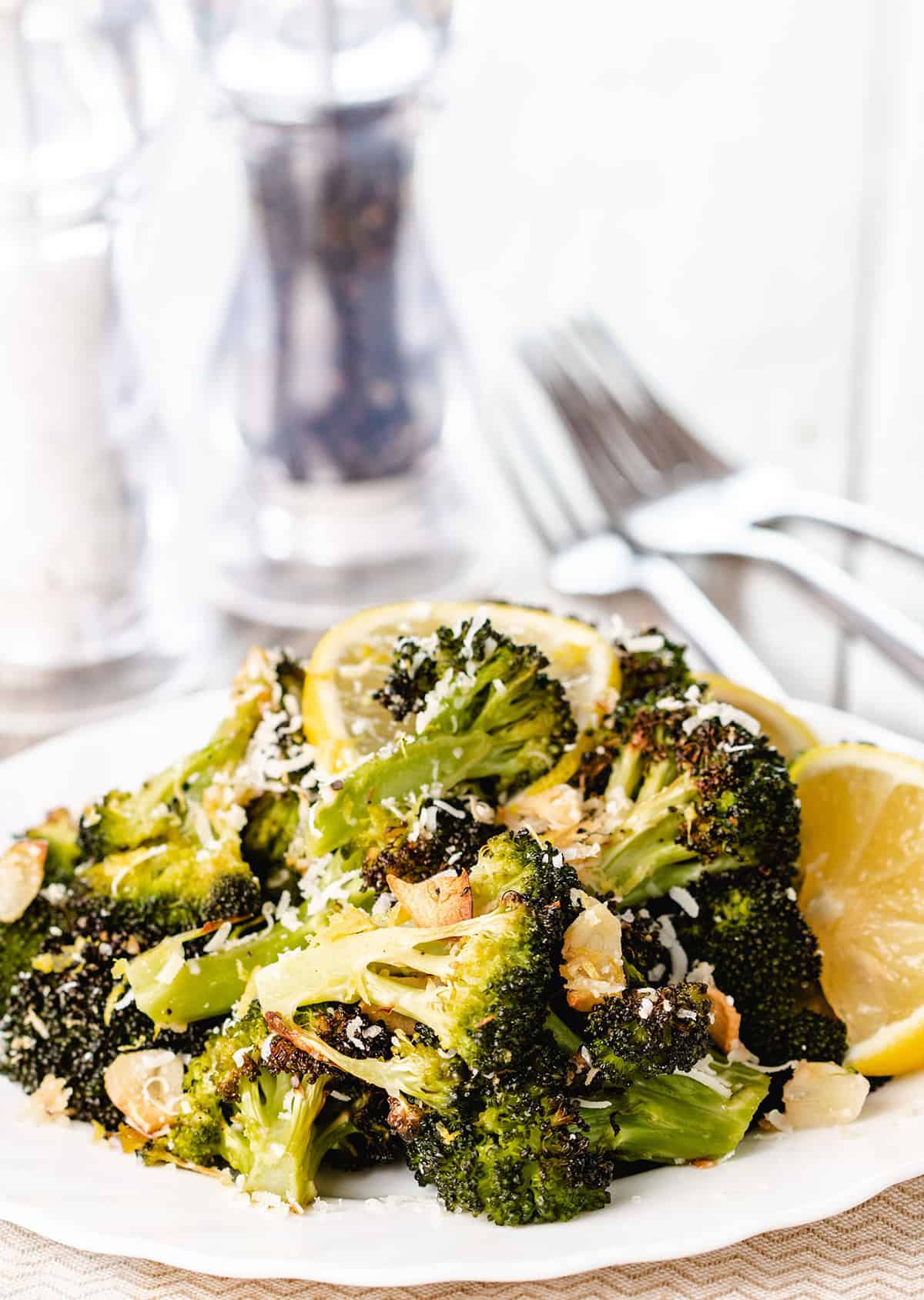
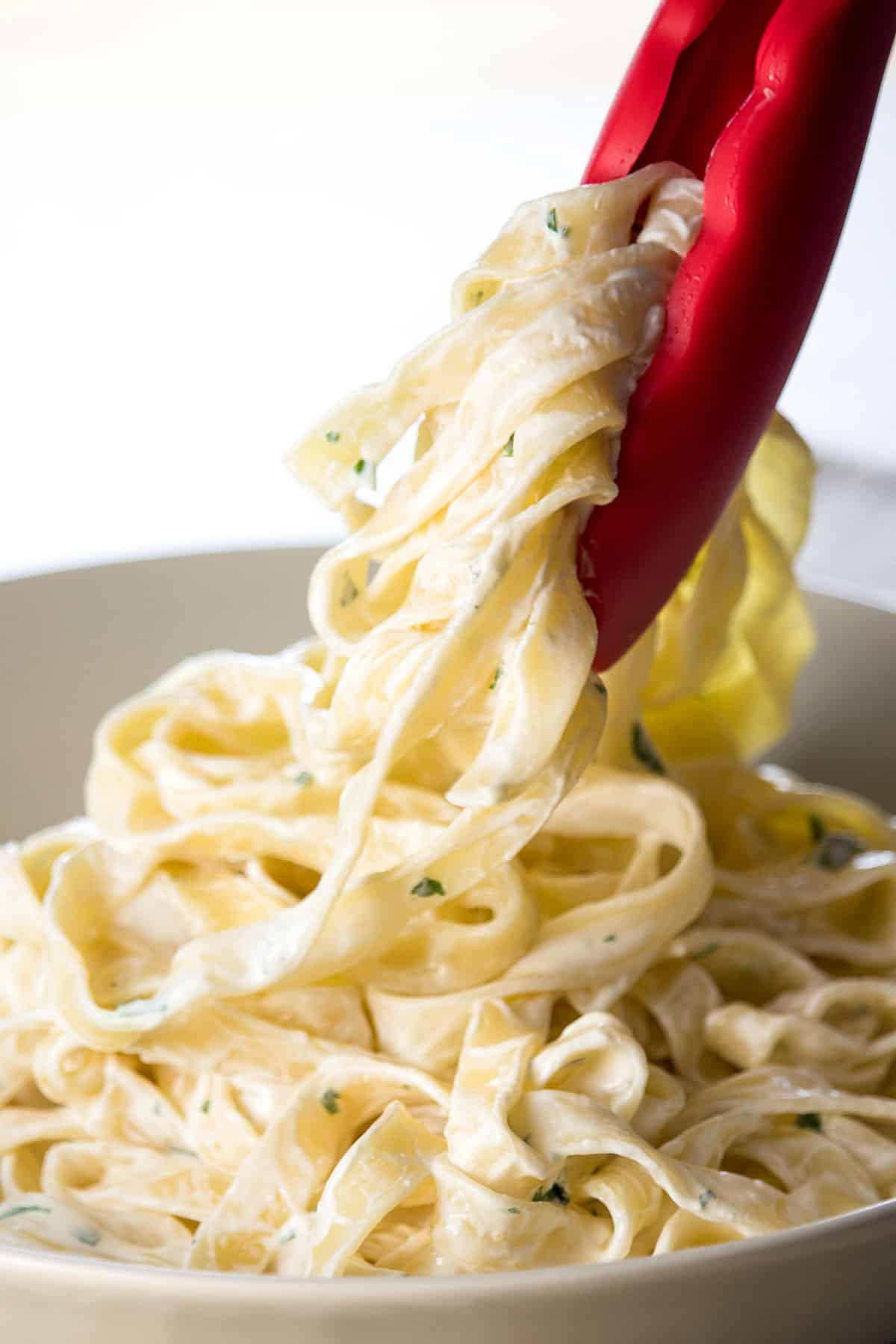
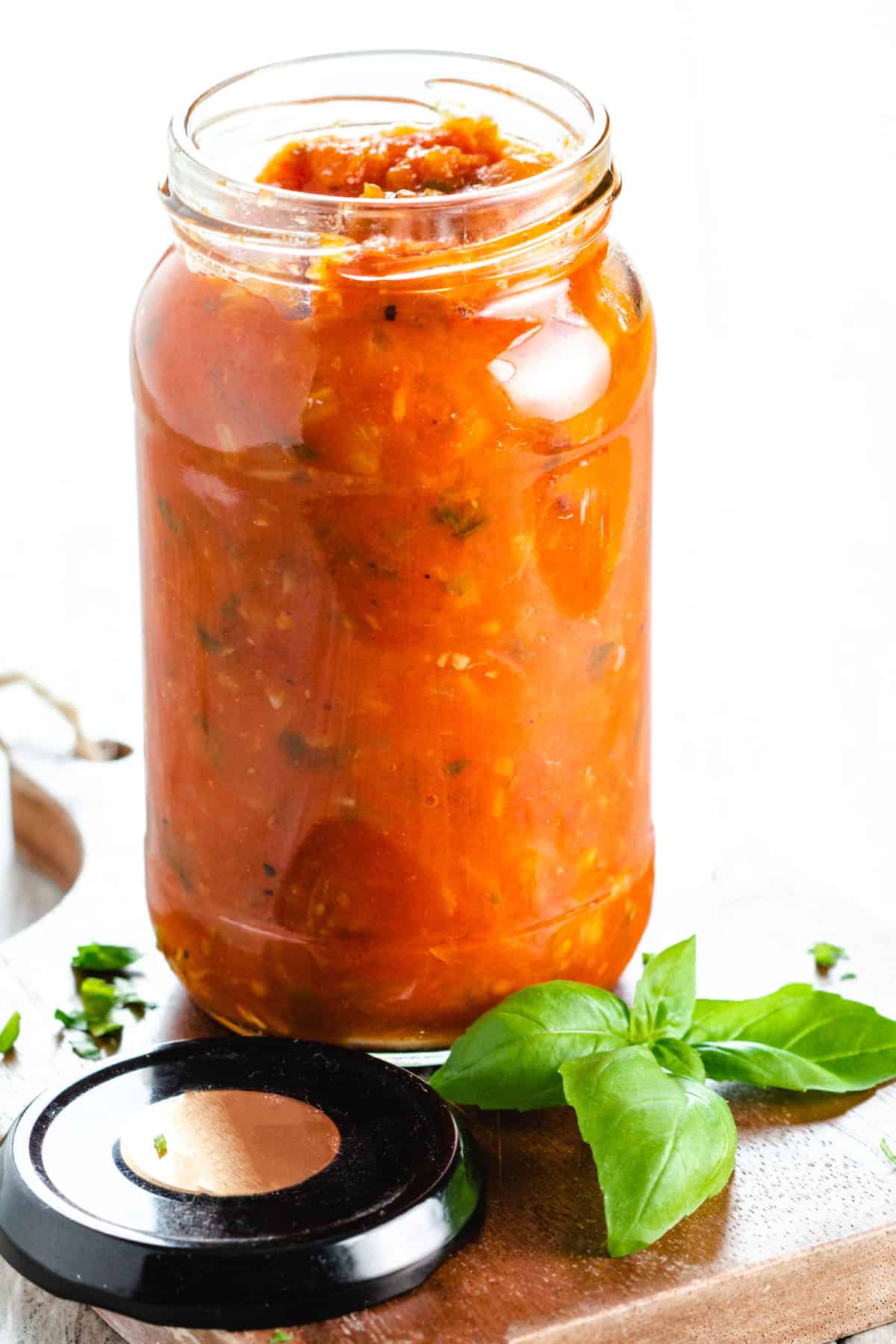
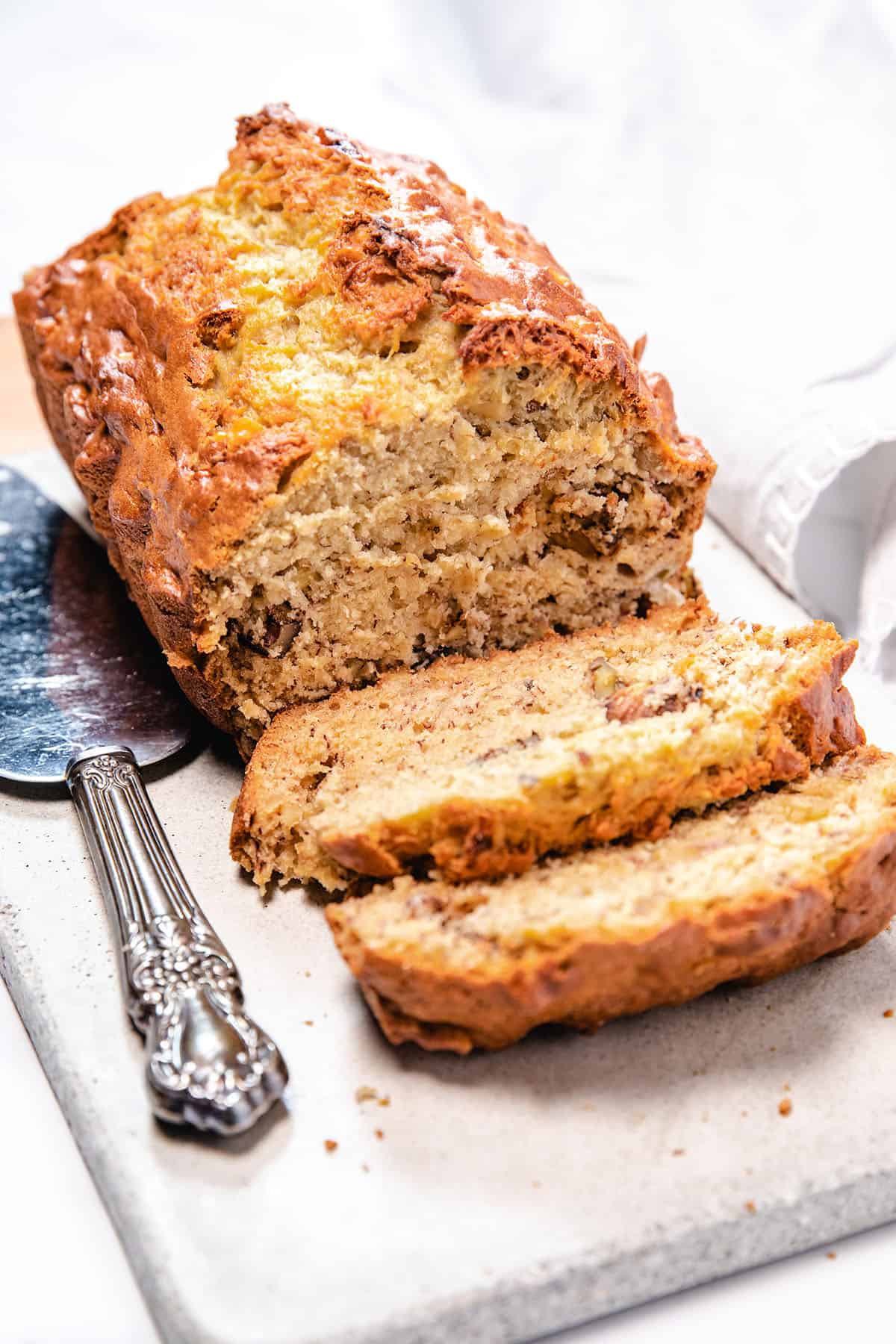
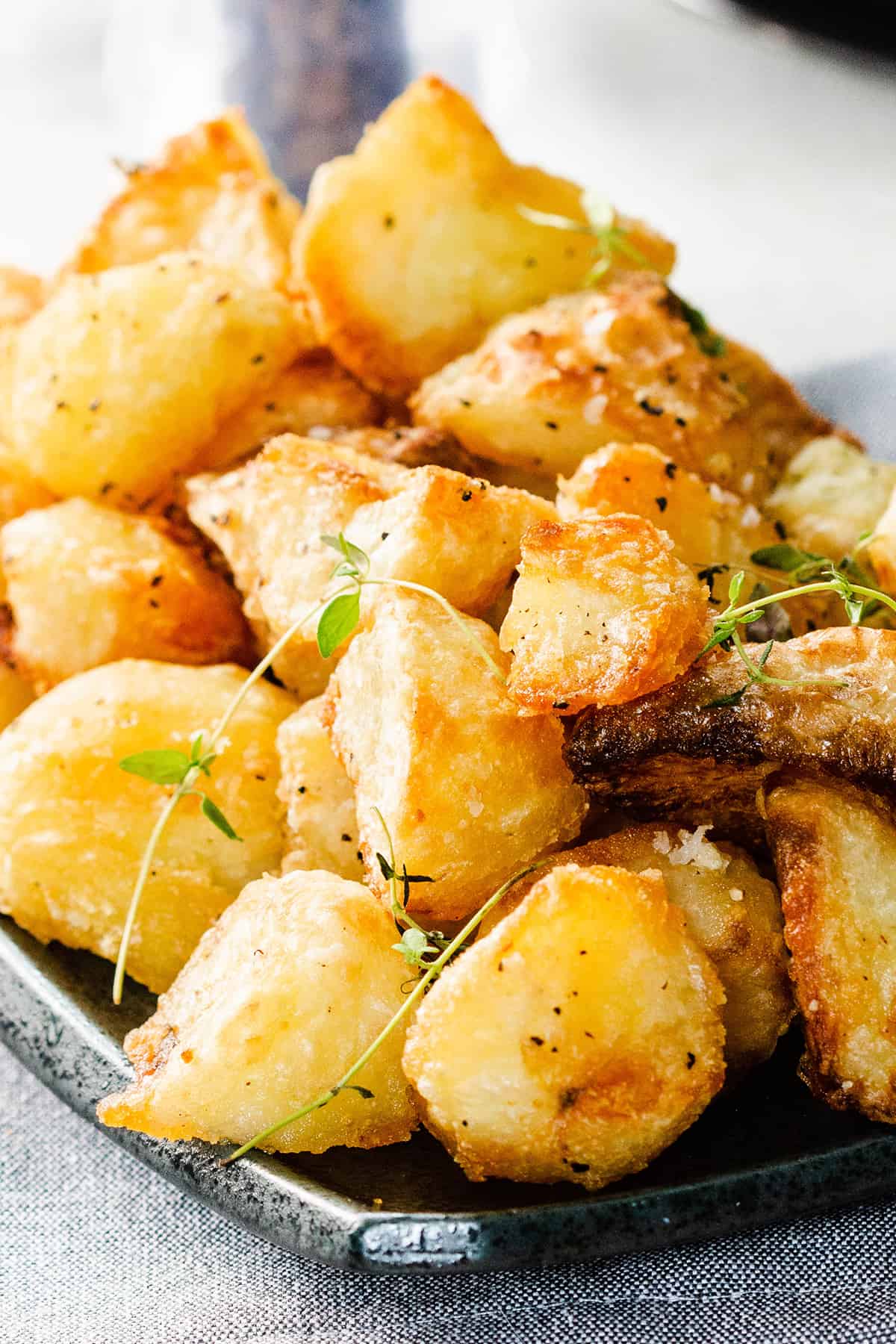
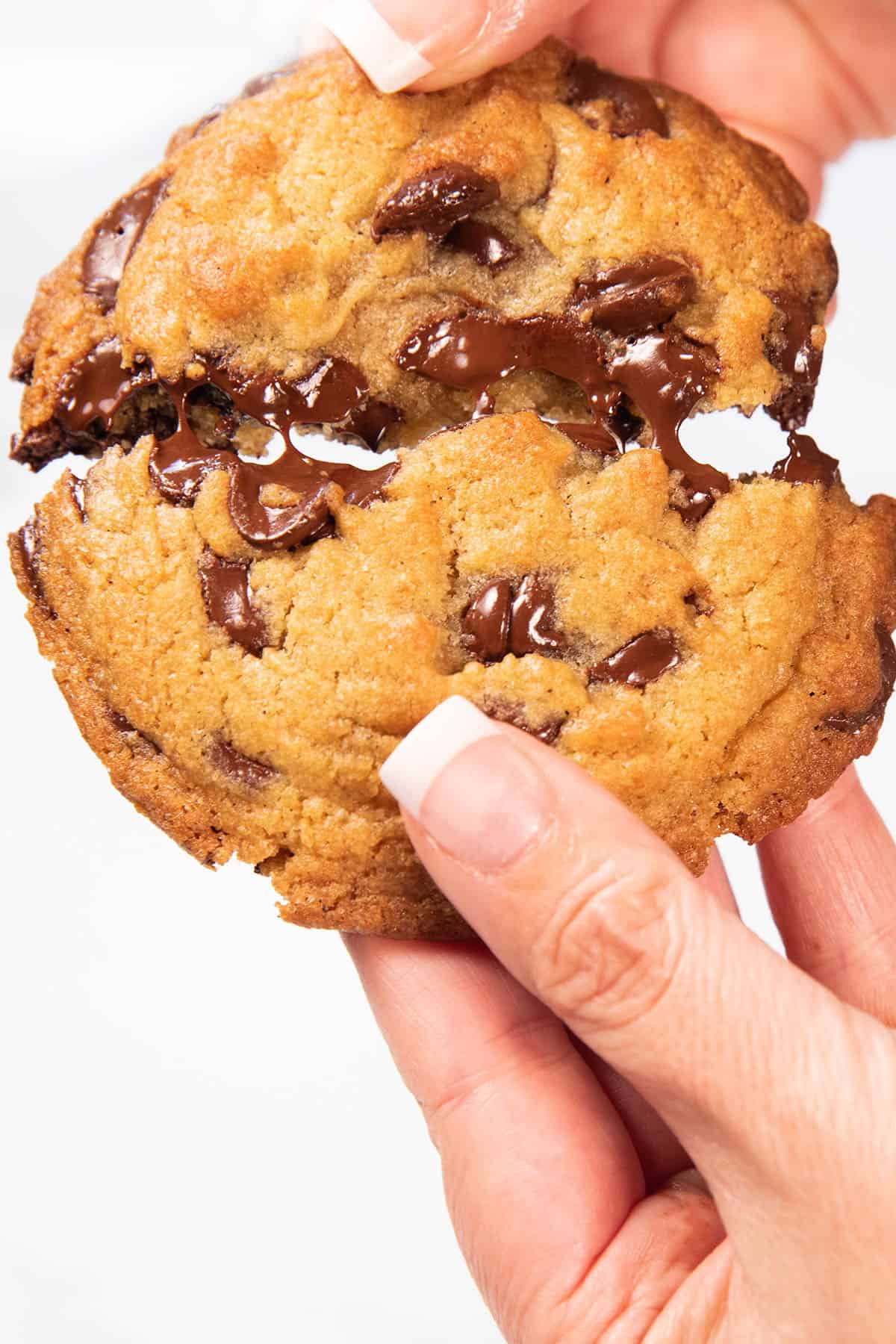
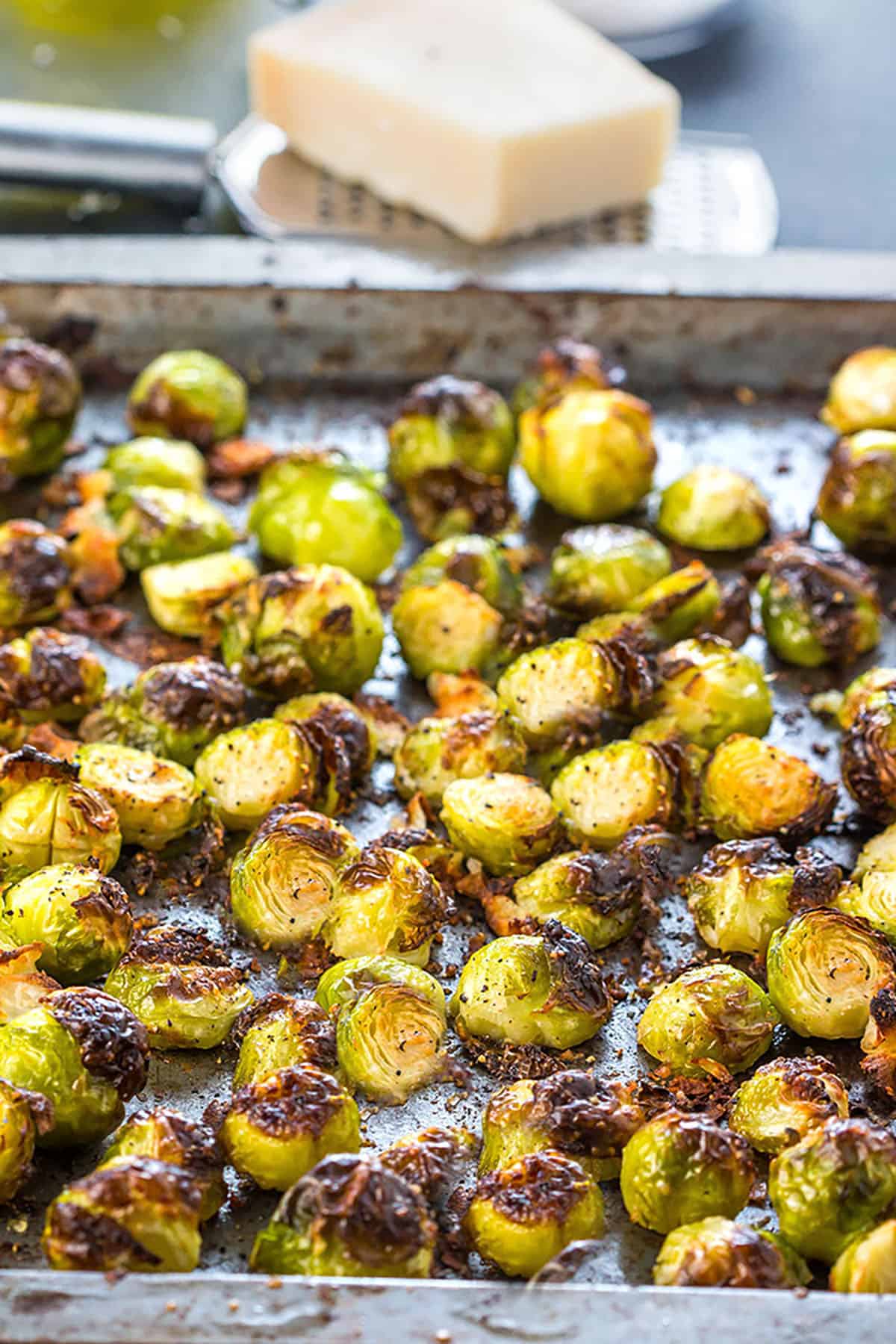
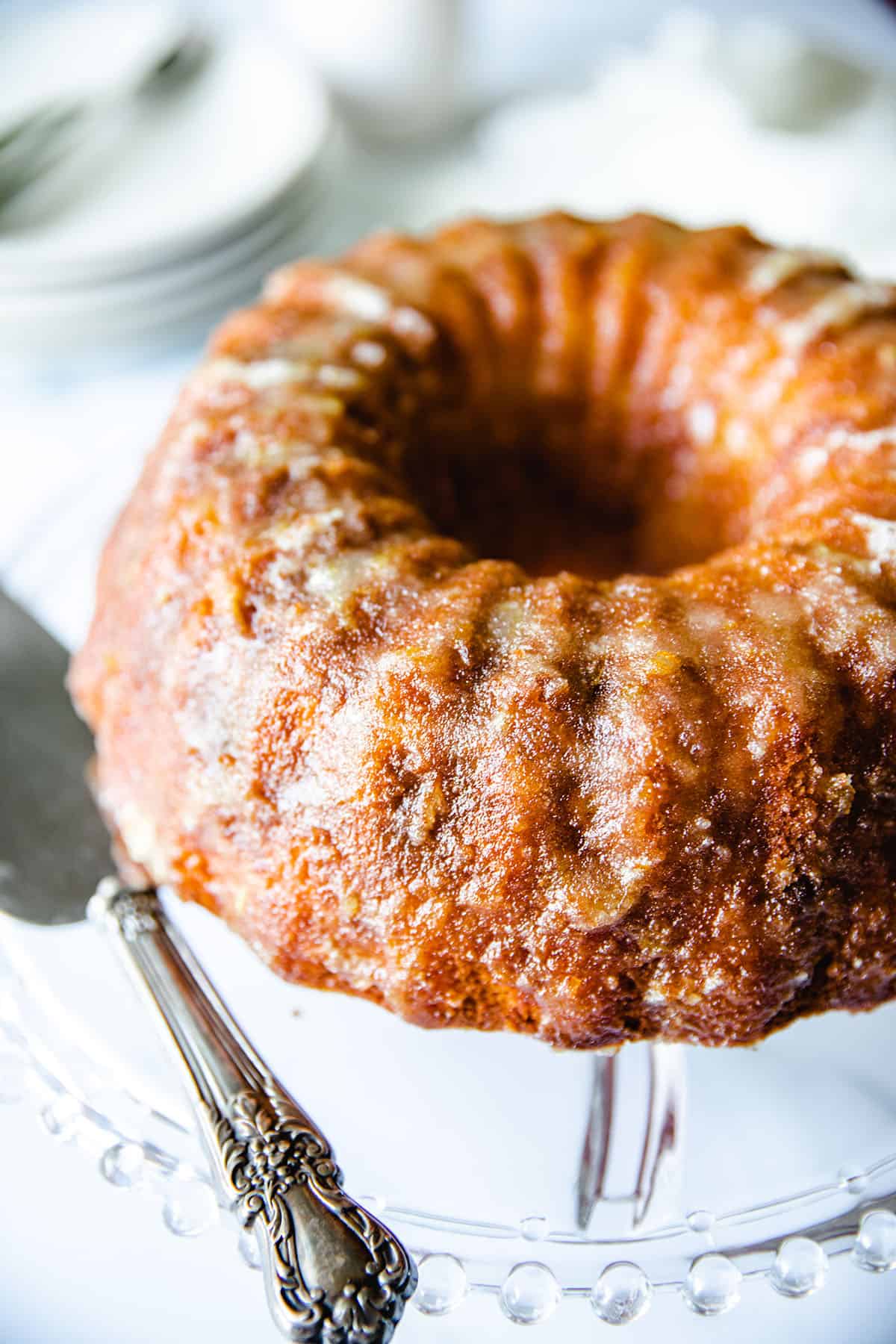
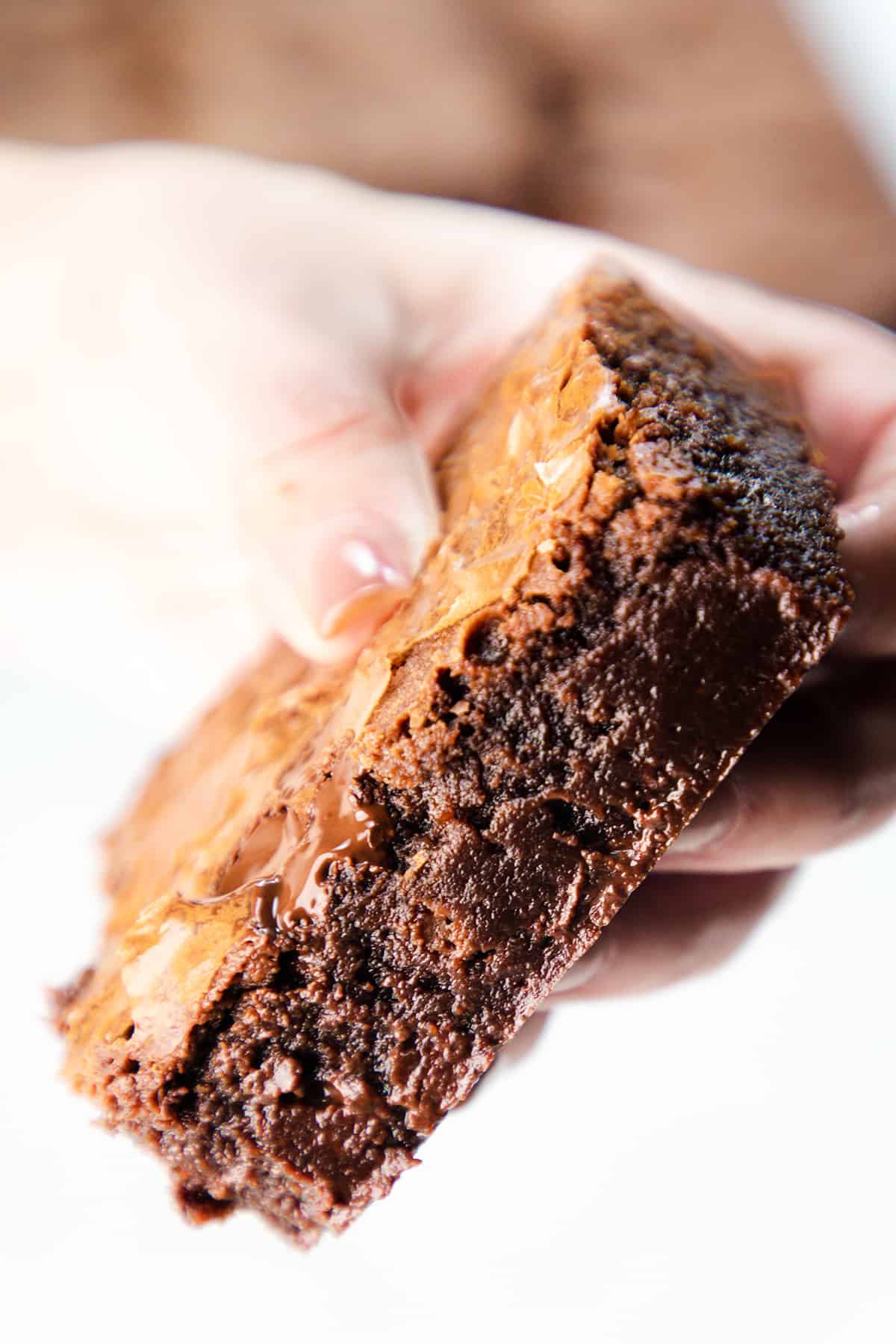
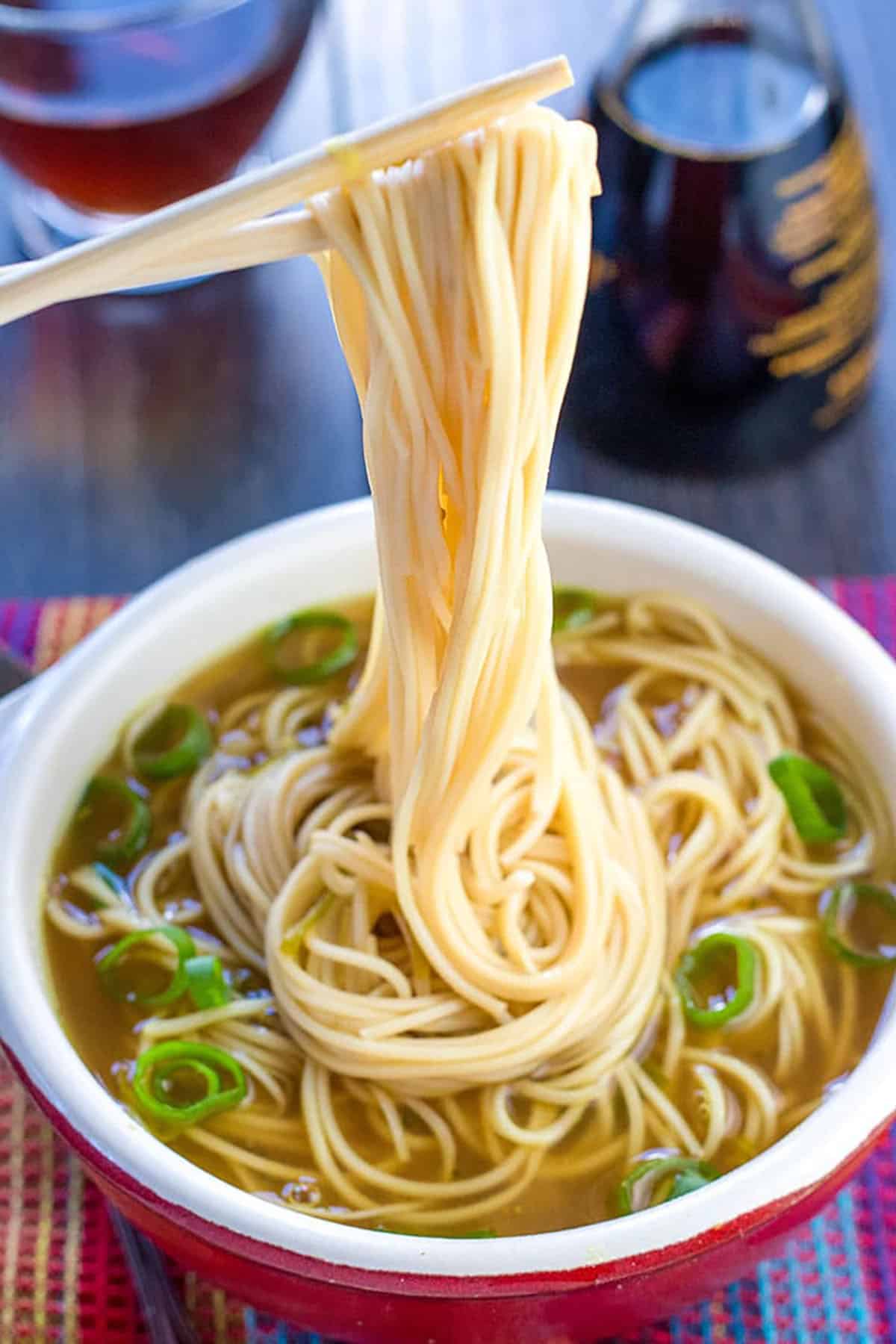
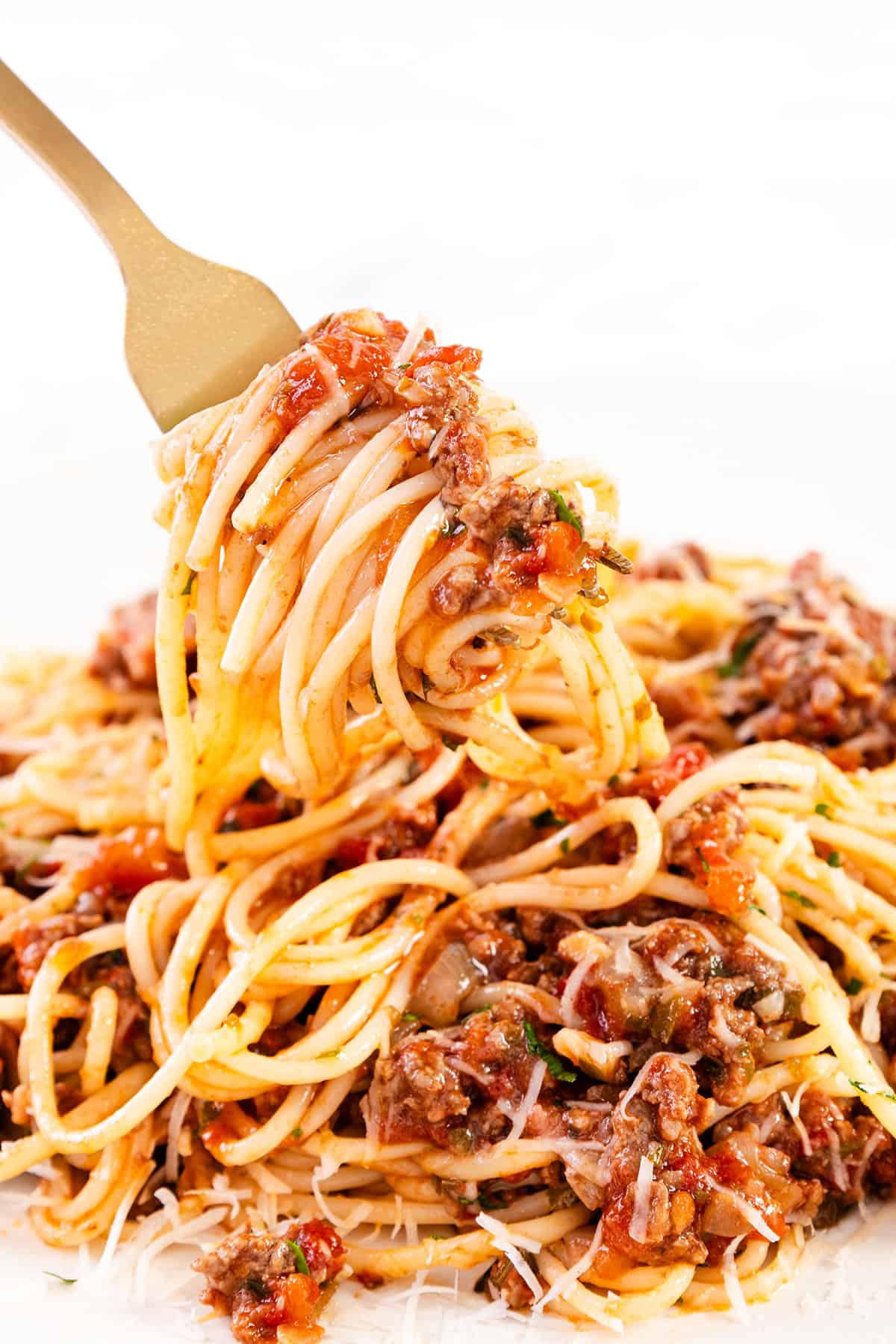
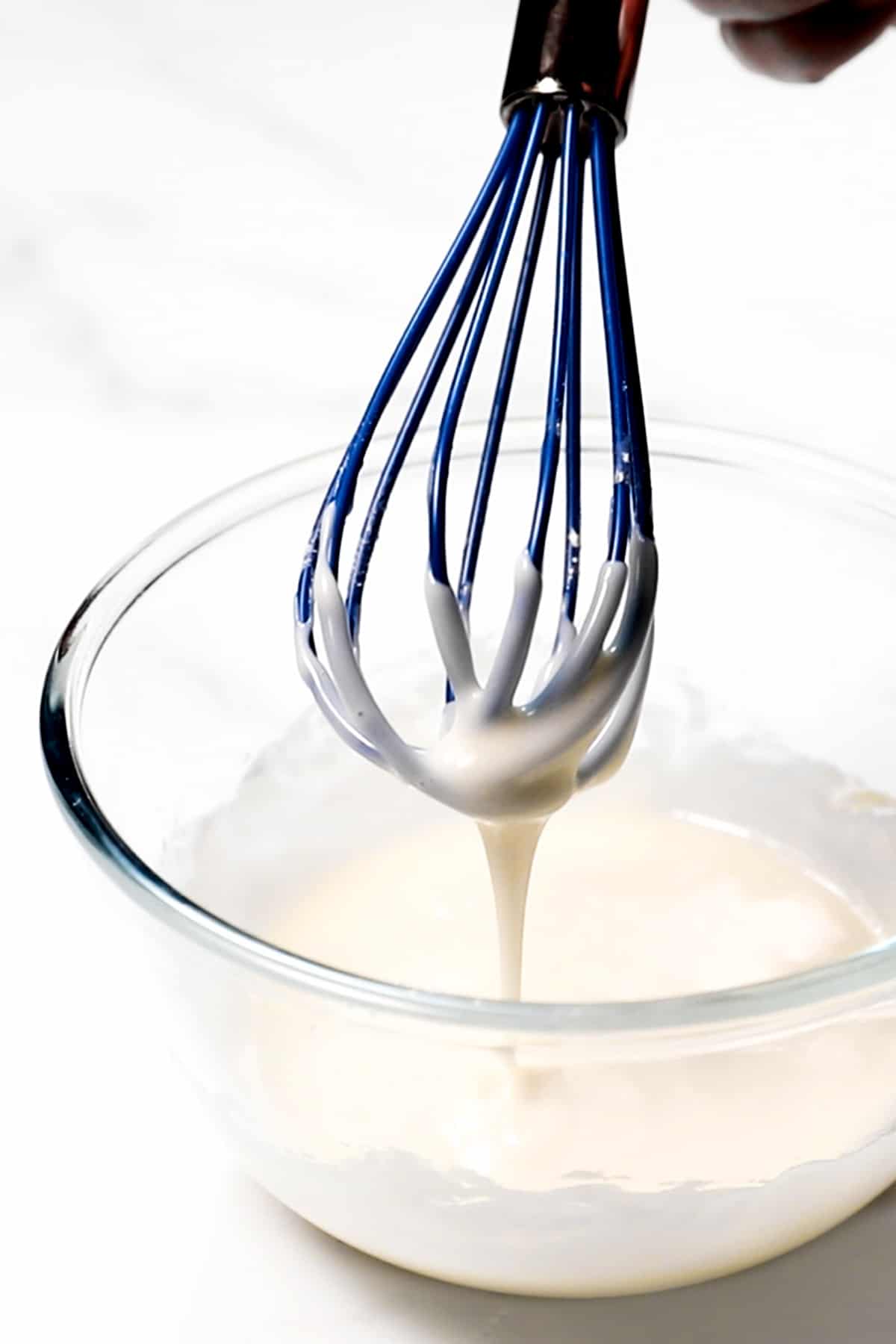
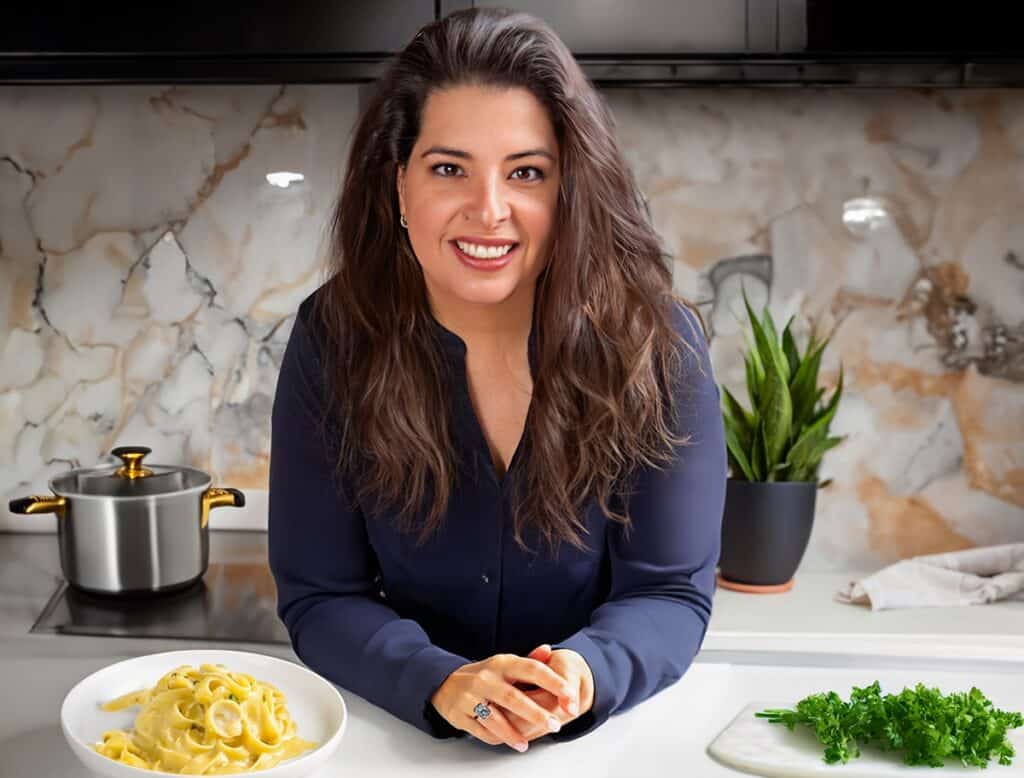
Leave a Reply